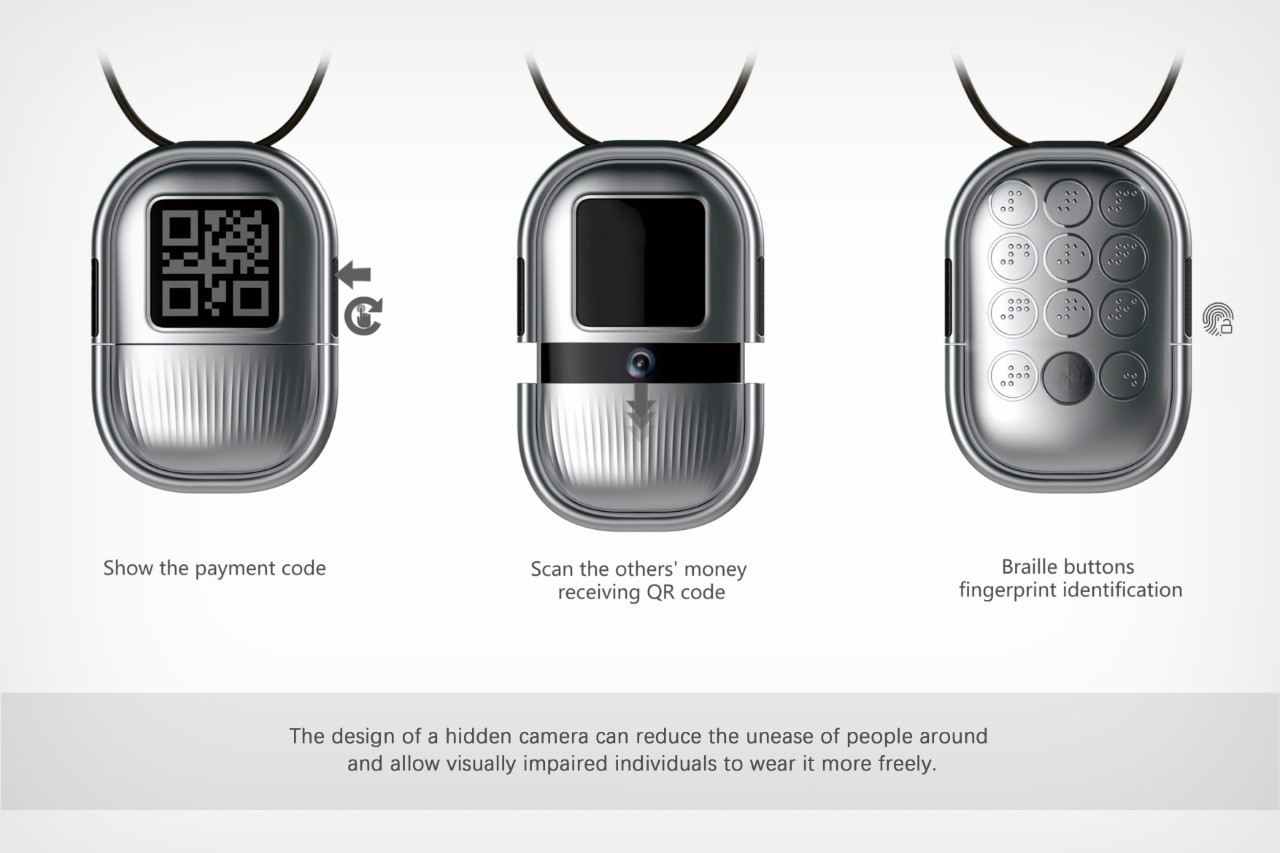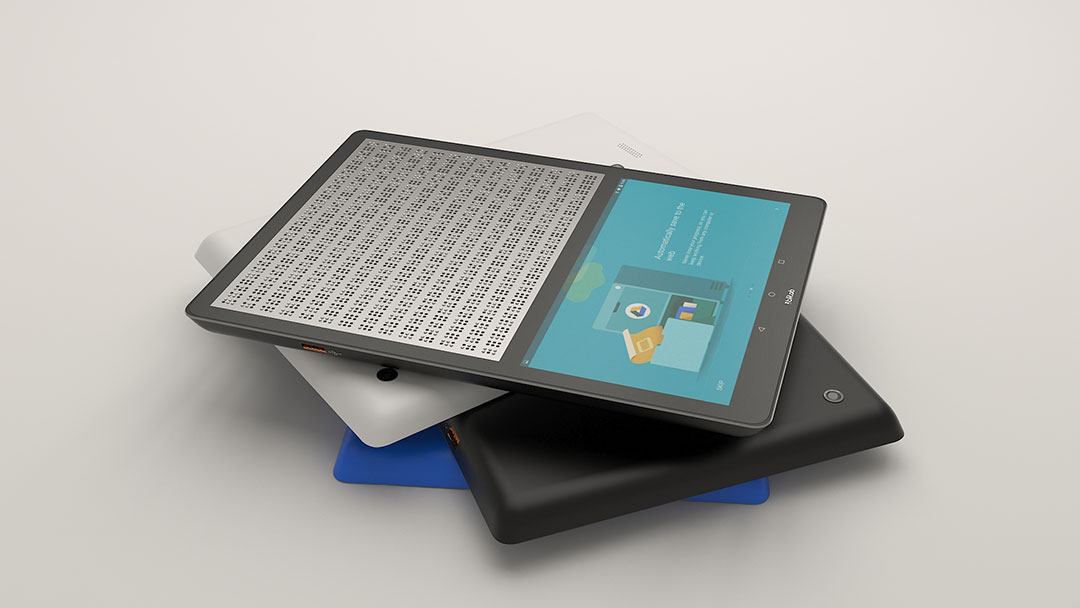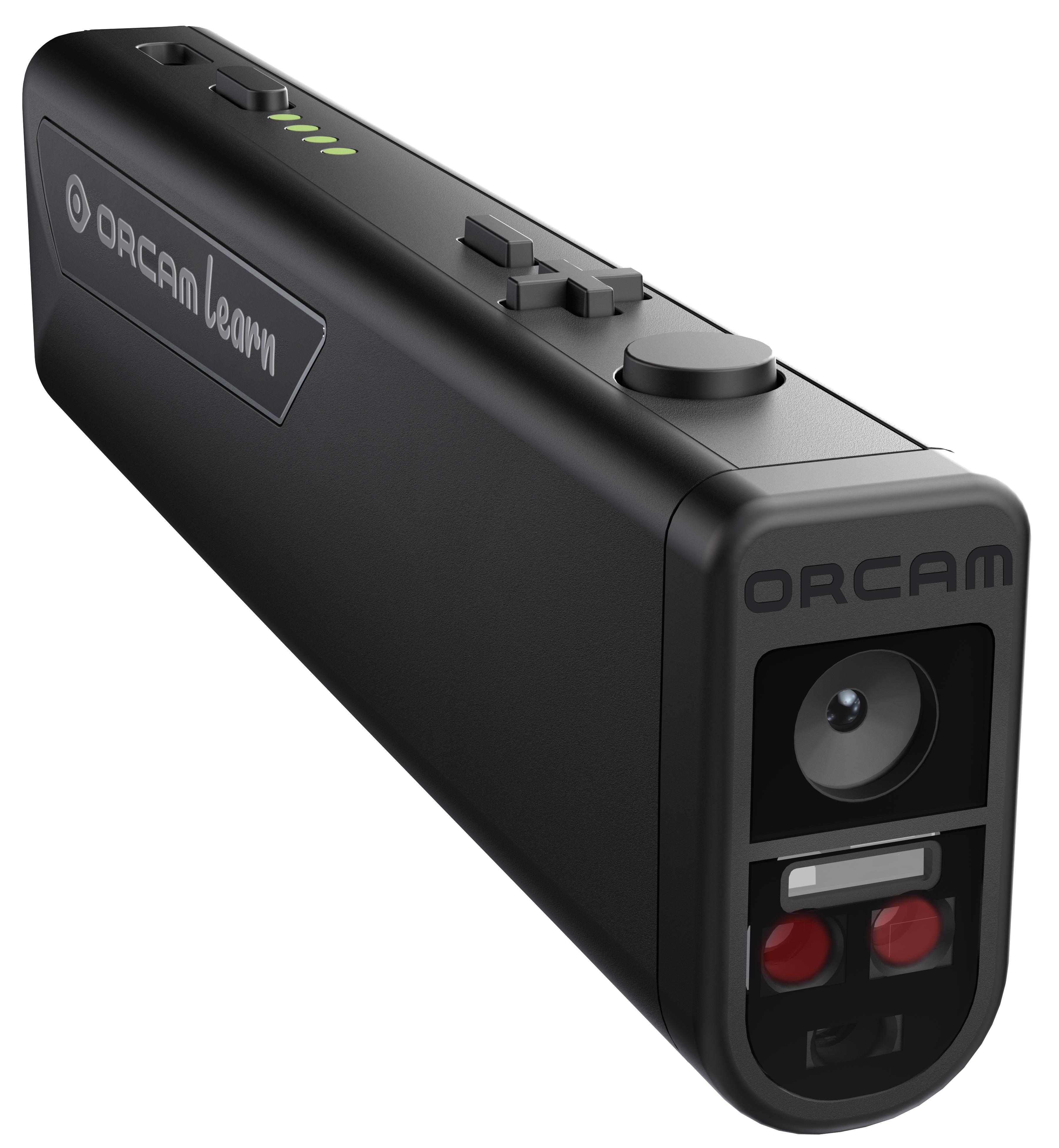Explore High-Tech Glasses for the Visually Impaired and Their Benefits
Explore High-Tech Glasses for the Visually Impaired and Their Benefits
Blog Article
Discover Cutting-edge Tools Made for the Visually Damaged
The development of cutting-edge devices for the aesthetically impaired represents a significant advancement in accessibility and independence. Technologies such as wise glasses with AI capabilities and mobile applications created to give auditory summaries are improving daily experiences for users.
Smart Glasses for Navigation

Smart glasses developed for navigating are transforming the way aesthetically impaired individuals engage with their setting. These advanced tools make use of a combination of camera technology, expert system, and acoustic responses to offer real-time info about surroundings. By employing challenge discovery systems, smart glasses can notify individuals to potential hazards, making it possible for safer mobility in both acquainted and strange setups.
The assimilation of GPS innovation better enhances navigating capacities, permitting individuals to receive acoustic directions as they relocate. This hands-free method not just fosters freedom however likewise encourages aesthetically damaged individuals to browse metropolitan landscapes with increased confidence. Additionally, several smart glasses are geared up with features that identify spots and street signs, supplying contextual information that improves the individual experience.
Furthermore, the advancement of these gadgets is continuously advancing, with firms working to boost the accuracy of object acknowledgment and expand the variety of navigational functions. As wise glasses become extra inexpensive and available, they hold the prospective to significantly transform life for visually impaired customers. Inevitably, these cutting-edge devices stand for an important action toward inclusivity, offering enhanced flexibility and a greater feeling of autonomy for individuals browsing the world around them.

Mobile Application for Daily Living
Exactly how can mobile applications improve the every day lives of visually impaired people? Mobile applications are transforming the means aesthetically damaged customers browse their atmospheres, handle day-to-day jobs, and gain access to details. These applications supply necessary assistance through different functionalities, promoting self-reliance and boosting lifestyle.
Several innovative mobile apps are designed particularly for daily living. Applications like Be My Eyes link visually damaged customers with sighted volunteers using video calls, permitting them to obtain real-time help with jobs such as reviewing labels or browsing unfamiliar spaces. Seeing AI, established by Microsoft, utilizes man-made knowledge to explain environments, checked out message, and identify things, efficiently transforming a smartphone right into a powerful tool for day-to-day support.
Furthermore, navigating apps tailored for the visually impaired, such as Aira and BlindSquare, use audio-based directions and ecological details, making it possible for individuals to traverse their environments securely and confidently. Beyond navigating and instant help, mobile applications also support company and task administration, with functions that assist individuals establish pointers, create order of business, and track visits. In recap, mobile applications work as vital sources, encouraging visually damaged individuals to lead more independent and satisfying lives.
Wearable Technologies for Support
Empowerment via innovation is progressively noticeable in the realm of wearable devices created to assist visually impaired individuals. These ingenious tools incorporate seamlessly into every day life, enhancing navigating and supplying necessary feedback to individuals. Smart glasses equipped with cameras can check out and recognize faces text aloud, allowing customers to communicate even more with confidence in specialist and social settings.
Another significant innovation is using haptic feedback systems in wearable gadgets. These systems use resonances or other tactile signals to communicate information about the customer's setting, such as challenges or changes in terrain, improving wheelchair and safety. Wearable innovations additionally include wristbands that connect to smartphones, informing customers to alerts with refined resonances, therefore improving connectivity without dependence on aesthetic hints.
As these technologies continue to advance, they are not just improving freedom for aesthetically damaged individuals but likewise cultivating a higher sense of inclusion in culture. By bridging the void between challenges faced in day-to-day living and the possibility for freedom, wearable innovations act as critical devices in the pursuit for equal rights and empowerment for those with find this aesthetic problems.
Audio Summary Tools
Sound summary devices play a crucial function in boosting ease of access for aesthetically damaged people, supplying them with the capacity to involve with aesthetic media. Speech-to-text devices for low vision. These devices use narrated descriptions of crucial aesthetic elements in films, television programs, and live performances, making certain that users can fully understand the context and emotions conveyed with visuals
Audio summary can be incorporated right into numerous platforms, consisting of streaming services, movie theater testings, and live theater. Many popular streaming services currently consist of audio description as an accessibility attribute, allowing customers to select it quickly. In enhancement to traditional media, specialized applications likewise exist, giving audio descriptions for art events, museums, and other social occasions.
The effectiveness of audio description depends upon the ability of the narrators, that need to share visual details succinctly without taking away from the initial sound. Innovations in this field are likewise paving the way for even more individualized experiences, where individuals can readjust the level of information and pacing according to their preferences.
Braille Innovations and Tools
Braille innovations find out here now and devices have actually dramatically transformed the method visually damaged people connect with text and information. Modern developments have actually brought about the advancement of flexible tools that improve proficiency and freedom among customers. Significantly, Braille display technologies have advanced, enabling vibrant analysis experiences. These devices convert digital text into Braille, enabling individuals to access a substantial selection of details on computer systems, mobile phones, and tablet computers.
Furthermore, mobile Braille notetakers incorporate traditional Braille input with modern functionalities, facilitating note-taking, scheduling, and document modifying on the move. Screen readers for the blind. These compact tools commonly include text-to-speech abilities, linking the gap between Braille and auditory information
Furthermore, ingenious Braille printers have actually arised, enabling users to generate Braille labels, files, and academic materials successfully. This accessibility cultivates greater participation in instructional and specialist atmospheres, inevitably advertising inclusivity.
Additionally, research study into clever Braille innovations remains to expand. Instruments that include expert system are being discovered to provide real-time navigating aid and contextual info, enhancing the customer experience in diverse settings. Overall, these developments mirror a dedication to empowering visually impaired individuals with modern technology, ensuring they can quickly accessibility and engage with the globe around them.

Verdict
The improvement of cutting-edge tools for the aesthetically impaired considerably improves freedom and high quality of life. These innovations not only foster better incorporation but also advertise freedom in daily activities, inevitably adding to a more fair and obtainable society for visually damaged individuals.
As clever glasses end up being much more affordable and accessible, they hold the prospective to significantly change day-to-day life for visually impaired customers. Mobile apps are revolutionizing the means visually damaged individuals browse their environments, take care of daily jobs, and access info. Apps like Be My Eyes attach visually damaged individuals with sighted volunteers through video clip telephone calls, enabling them to receive real-time support with tasks such as reviewing labels or navigating unfamiliar rooms.Additionally, navigating apps tailored for the more visually impaired, such as Aira and BlindSquare, supply audio-based directions and ecological information, enabling users to traverse their environments securely and confidently.The development of innovative tools for the visually impaired considerably boosts independence and quality of life.
Report this page